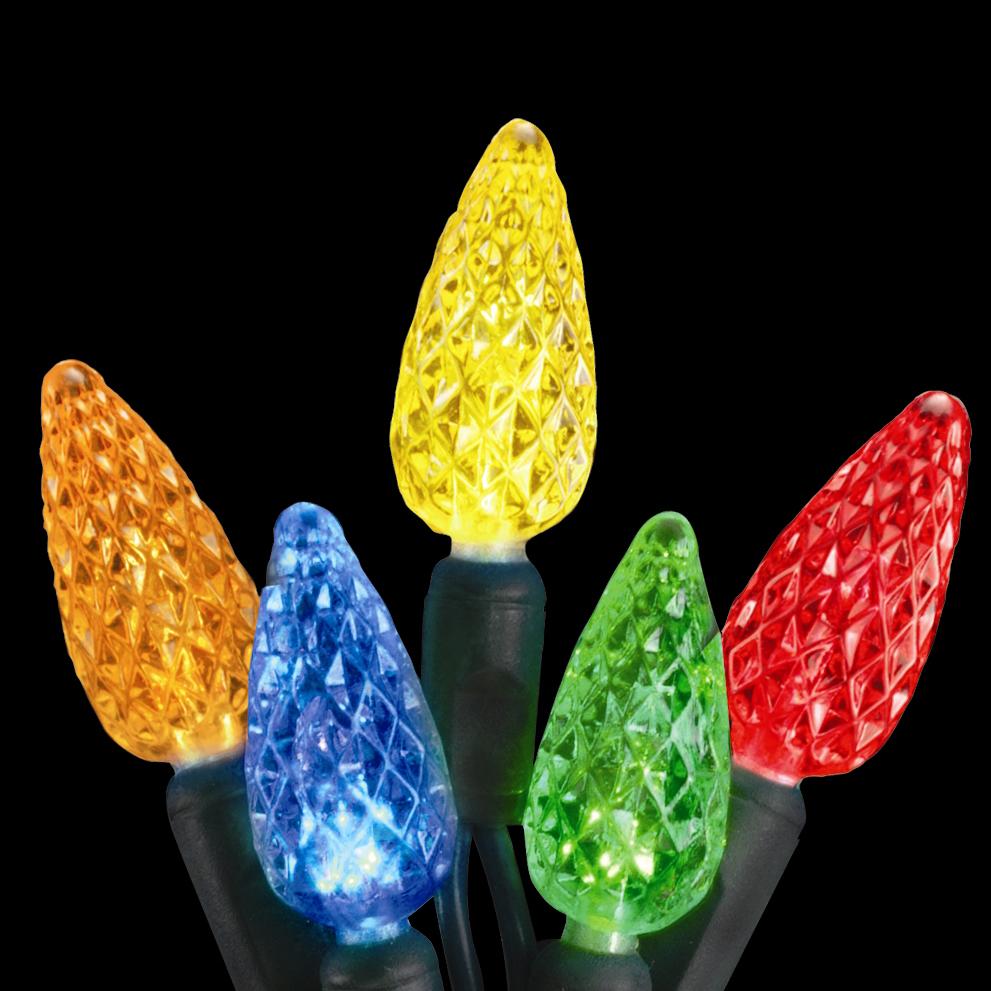LED Voltage Guide: Tips & Advice

LEDs (light-emitting diodes) are becoming increasingly popular in modern lighting applications due to their energy efficiency and longevity. While they are relatively straightforward to use, LEDs do require a bit of knowledge when it comes to voltage. This article will provide an overview of the basics of LED voltage: what it is, how it affects LED performance and some tips for selecting the right power source for your lights.
What is LED Voltage?
Specific LED voltage is required in order to function properly. This voltage is typically referred to as the forward voltage (Vf). It needs to be supplied by a power supply or driver in order for the diode to emit light. The higher the forward voltage, the brighter the LED will be; however, if too much voltage is applied, it could create an overly bright light or even cause damage to the diode. That’s why it’s important to choose a power supply that can accurately deliver the required amount of current for your LEDs.
How Does Voltage Affect LED Performance?
Voltage determines how much current flows through an LED – more voltage means more current, and vice versa. In general, LEDs have low forward voltages, so they are highly efficient: most commonly, white LEDs only need between 2-3 volts, while colored LEDs need between 1-2 volts. That said, not all LEDs are created equal: different types may require slightly different voltages depending on their design and construction, so make sure you check their spec sheet before buying!
Tips for Choosing an Appropriate Power Source
When choosing a power source for your LEDs, always keep in mind that too much or too little voltage can lead to poor performance or even damage them altogether! To avoid this issue, look at both the peak brightness you want from your light as well as how many watts you’ll need from your power supply and select one accordingly. Additionally, always make sure that its output meets industry safety standards so that you can be confident that your lights will perform optimally without creating any potential hazards in the process!
LEDs offer several advantages over traditional bulbs, such as better energy efficiency and longer life spans – but these benefits won’t matter if you don’t have an appropriate power source! Understanding the basics of LED voltages will help ensure that you get optimal performance from your lights without having to worry about damaging them in any way.
What is the most common LED Light voltage?
LED lights can be operated with voltages as low as 3v DC for individual lights and 12v or 24v DC for multiple lights connected in a circuit, making them extremely versatile and easy to use.
What happens if an LED light has too much voltage?
Excessive heat can cause irreparable damage to the LED light itself, as well as the delicate soldering and wiring around it. This can reduce the life expectancy of LED lights and require replacement far too soon. To avoid this problem, LEDs should be powered within their recommended voltage range in order to keep them running cooler and longer.
Do I Need A Resistor For LED Lights?
It is always important to use a current-limiting resistor when hooking up an LED. This simple component helps limit the amount of electricity that flows through the LED and increases its lifespan, so you don’t have to worry about replacing your LEDs early on.
Looking for help with your LED Lights? Contact LED Lights Unlimited!
Whether you’re looking to change your lighting inside or outside, LED Lights Unlimited is here to help. We provide brilliant lights at a great price and have an unbeatable selection to choose from. Our team of friendly and knowledgeable customer service representatives is eager to help you find the perfect light for every application. With our expertise, they can answer any question on the latest LED lights and energy solutions, so feel free to call or visit us online for all your lighting needs!

